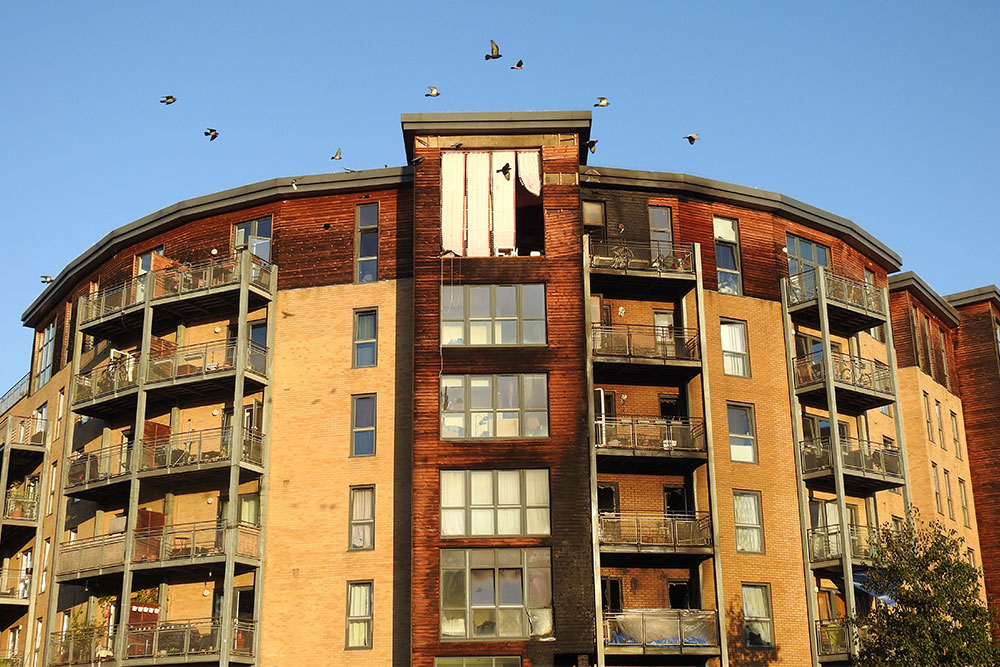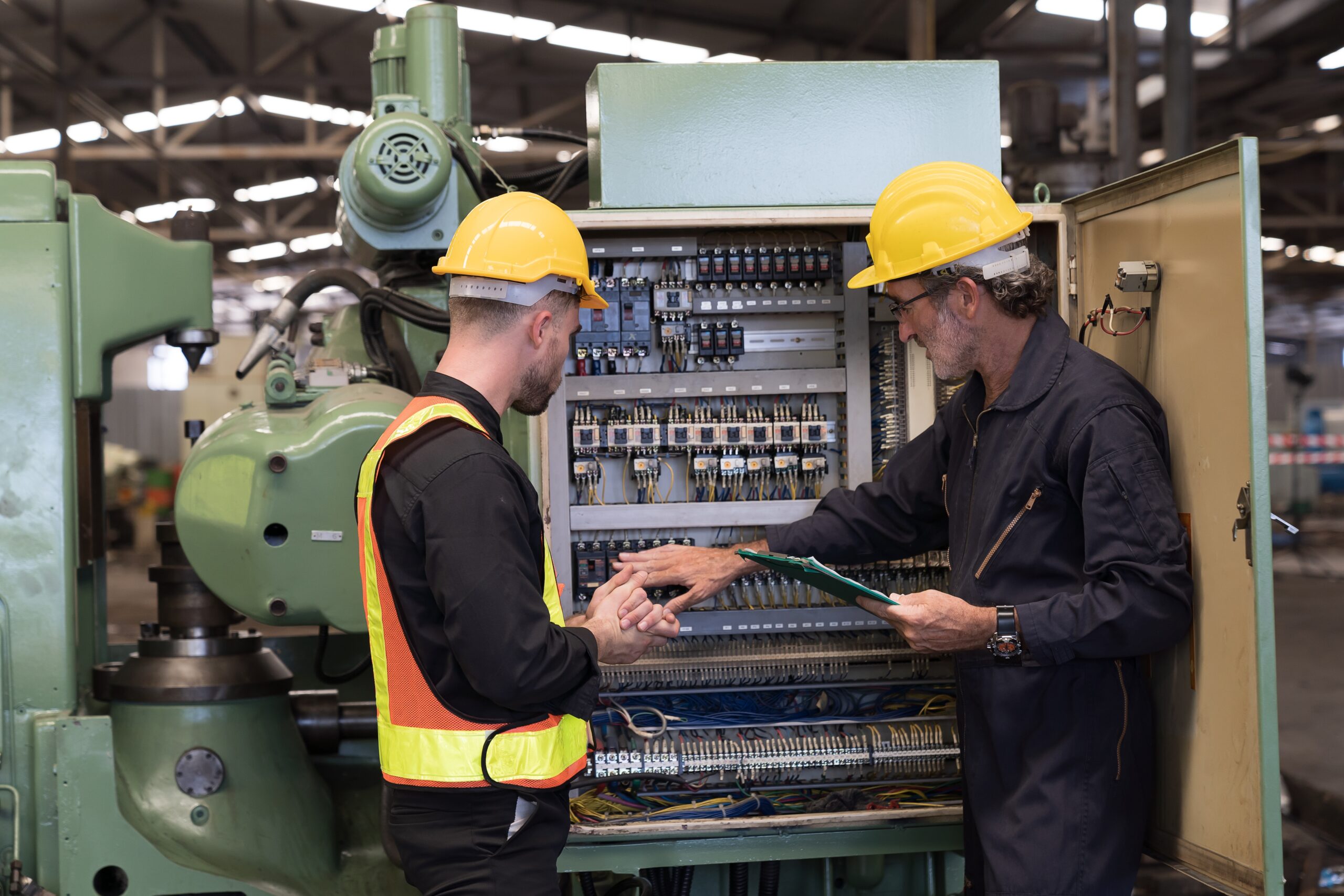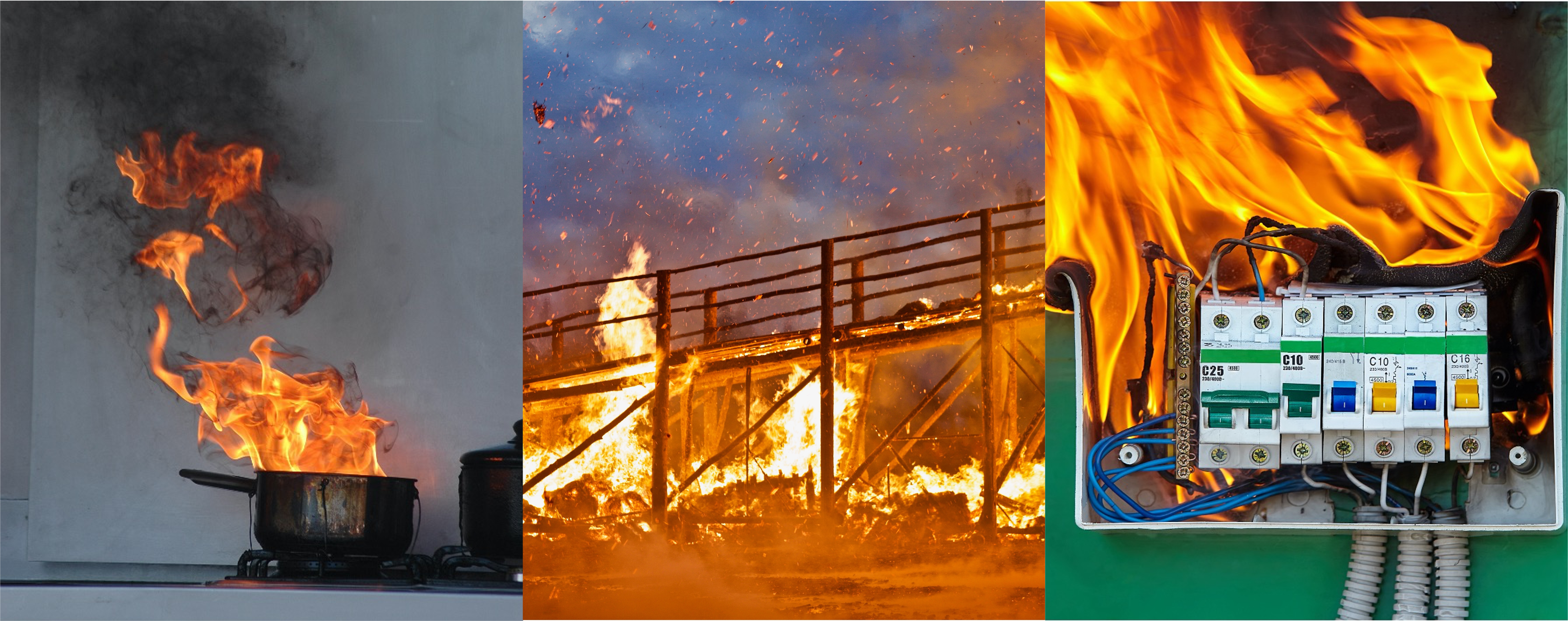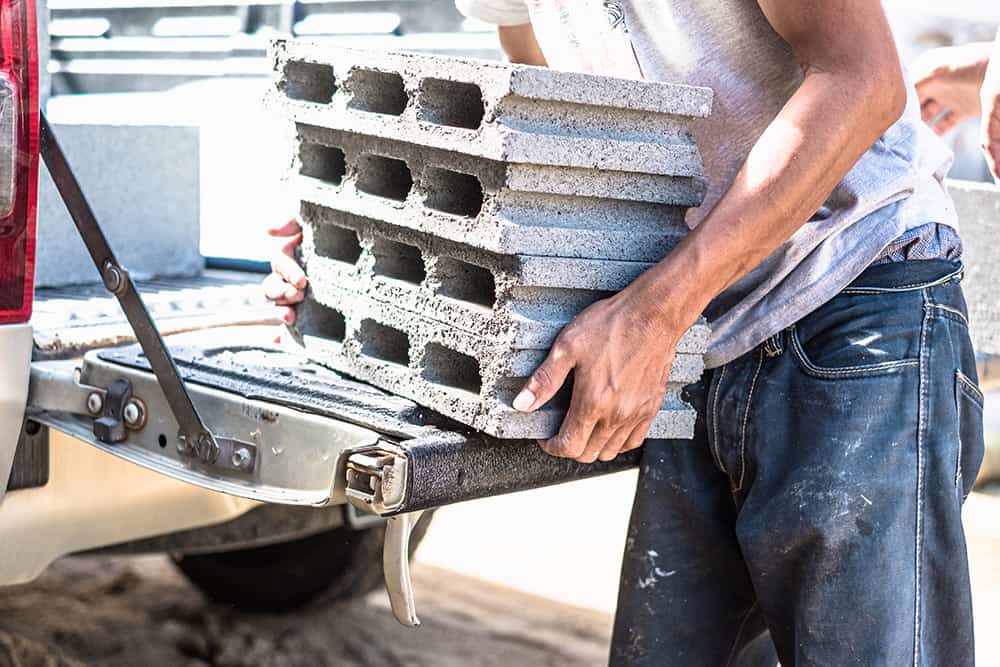
The Building Safety Act 2022 was written to “deliver the biggest changes to building safety in almost 40 years.”
These were the words of Dame Judith Hackitt DBE, whose independent review, Building a Safer Future, directly impacted the wording and implementation of the act.
Big changes take time to implement, which is why the government has adopted a staggered approach to reforms. Changes outlined by the Building Safety Act, and their subsequent amendments to other legislation, are being rolled out in stages.
October 2023 sees amendments from the Building Safety Act being added to the Regulatory Reform (Fire Safety) Order 2005. This update, known as Phase 3, has an impact on fire safety in residential high-risk buildings. It’s also likely it will have implications for accountable persons and the role they play in building safety.
We’ve highlighted some of the key legislative developments here. If you’re responsible for the safety of a high-rise building, you need to know how Phase 3 will affect you. Read our guide to learn more about amendments in the Building Safety Act, their impacts and what you need to do to comply.
Building Safety Act 2022
The Building Safety Act (the Act) has one overarching aim: to make all buildings safer. It’s divided into six parts:
- Introduction to the Act
- The Building Safety Regulator (BSR)
- The Building Safety Act (1984)
- Higher-Risk Residential Buildings
- Other Safety Provisions and Standards
- General
All parts of the Act have implications for duty holders and building owners, who are usually legally responsible for their building’s safety.
Since it was a direct response to the Grenfell Tower tragedy, however, a significant portion of the Act is focused on the safety of high-rise residential buildings. Reforms aimed to improve safety in these properties are outlined in Part 4, Higher-Risk Residential Buildings. This is the part that will be directly affected by the legislative amendments.
What is a Higher Risk Building?
High-rise buildings, which Grenfell Tower was, are considered higher risk under the Act due to their inherent vulnerability to structural or fire safety failures. A building is classified as higher risk if it:
- Is at least 18 metres in height or has at least 7 storeys
- Contains at least 2 residential units
These criteria were designed to cover mixed-use buildings or those that contain sheltered accommodation, provided they meet the designated height.
The Act created a new role to take on the responsibility of keeping higher-risk buildings safe: accountable persons.
Accountable Persons
The accountable person is the individual or organisation that owns the building or is duty-bound to repair its common parts, such as its exteriors, corridors or staircases.
This isn’t an exhaustive list but accountable persons are commonly:
- Freeholders
- Landlords
- Management Companies
- Resident management companies
- Commonhold associations
What are the Duties of the Accountable Persons?
Accountable persons are responsible for their building’s safety, which means they’re obligated to fulfil a number of duties, including:
- Preparing a building’s safety case
- Recording building safety issues and incidents
- Listening and responding to residents’ safety concerns
- Communicating safety information and arrangements to residents
- Creating a resident engagement strategy
In addition to these ongoing duties, accountable persons must also register their buildings with the Building Safety Regulator. This had to have happened before October 2023, which is also the launch of Phase 3 of the Fire Safety Order.
Principal Accountable Person
The Act makes it a requirement for all buildings to have one accountable person ultimately responsible for safety.
This is straightforward when there’s only one accountable person. If there are multiple accountable persons, one of them must take on the mantle of the principal accountable person.
In situations where it isn’t clear who is the principal accountable person, it’s whichever entity is responsible for repairing the building’s structure and exterior.
How is an Accountable Person Different to a Responsible Person?
The role of the accountable person is sometimes confused with that of the responsible person. Both positions are instrumental in keeping a building and its occupants safe. And both roles are affected by Phase 3 of the Fire Safety Order (more on this later).
However, there is a difference between the two:
- Accountable persons are ultimately responsible for building safety
- A responsible person’s role is focused on fire safety
The duties for both roles are also outlined in different legislation. Accountable persons operate under the Act whereas the role of the responsible person is outlined by the Fire Safety Order.
Responsible persons are also often the building’s owner or have control over the property. This means it’s entirely possible that someone may be both an accountable person and a responsible person simultaneously.
Obviously, managing fire risk has implications for a building’s overall safety so both parties are expected to cooperate and share information.

Improving collaboration is actually one of the aims of Phase 3 of the Fire Safety Order. Although this update has more direct implications for responsible persons, accountable persons will also be impacted.
Updates to Legislation
From October 2023, the Fire Safety Order will be updated, based on amendments contained within the Building Safety Act. These updates are aimed at developing four areas of fire safety:
- Improved cooperation between responsible persons
- Enhanced powers for authorities tackling non-compliance
- Increased access to fire safety information for building residents
- Expanded requirements around the recording and sharing of fire safety information
As part of these developments, there are now additional obligations on responsible persons for higher-risk residential buildings. They must:
- Take steps to identify any accountable persons for their premises
- Cooperate with the accountable persons to ensure they can carry out their duties under the Act
Fire Safety Training
Fire safety may not specifically be part of the accountable person’s duties but its importance for higher-risk residential buildings cannot be overstated. This significance is exactly why legislation is being updated. It’s also why further changes will make competency a legal requirement for anyone completing a fire risk assessment – one of the most fundamental parts of fire safety. Competency demands the right combination of knowledge, skills experience and training, which is where Human Focus comes in.
Our online Fire Safety Inspection course will train you how to spot fire hazards in premises and recognise effective control measures, which are both essential for effective fire risk assessment. It can also help you understand more about the procedure so you can support other duty-holders in fulfilling their roles.
About the author(s)
























































































































































































































































































































































































































































































